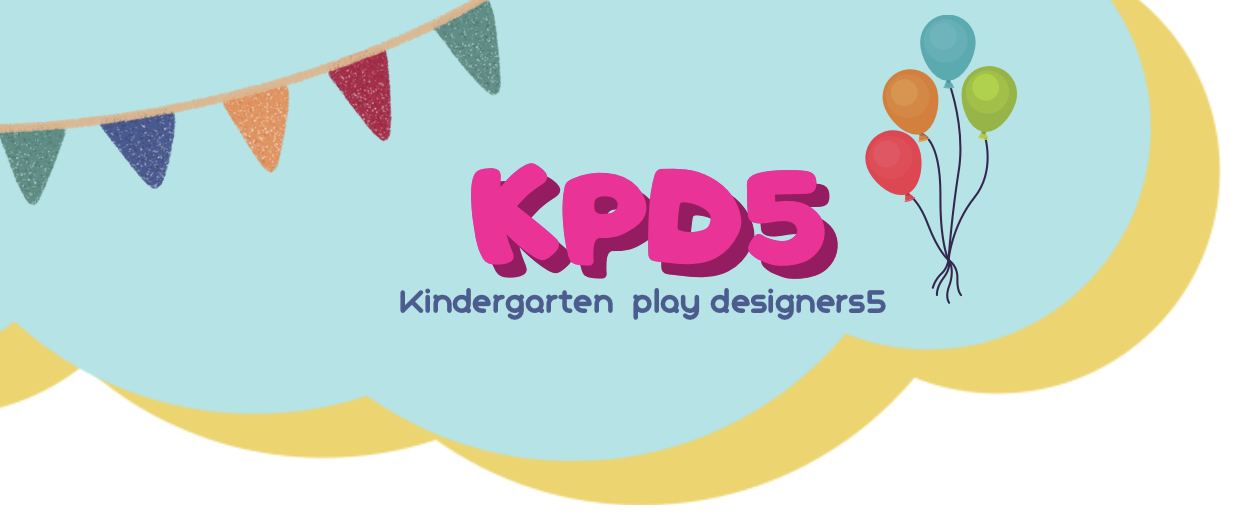
The eTwinning Project «The M.I.R.O Project – My Incredible Rainbow of Learning» is an innovative educational initiative that connects creativity, art, and collaborative learning. This European educational journey involves 19 teachers from 8 European countries (Greece, Turkey, Romania, Spain, Latvia, Lithuania, Croatia, and Bulgaria).
Inspired by the Catalan painter Joan Miró, the program utilizes his life and works as a starting point for activities that cultivate the 4Cs skills—Creativity, Communication, Collaboration, and Critical Thinking—covering all cognitive fields of preschool education.
The project is designed to incorporate interdisciplinary learning, using art as a bridge for understanding concepts related to language, mathematics, natural sciences, music, and dance. Through Miró’s art, children develop perception skills, imagination, and creative thinking. Furthermore, the international collaboration with schools from different European countries provides children with the opportunity to explore other cultures, share experiences, and embrace multiculturalism.
Project Objectives
The project aims to introduce children to art and culture through interactive and creative activities. Specifically, it seeks to:
• Introduce children to Joan Miró, his work, and his artistic techniques.
• Cultivate their creativity and imagination.
• Teach them the basic principles of painting, sculpture, and construction.
• Encourage collaboration with classmates in their own classrooms and with students from other countries.
• Develop communication skills through physical and digital interaction.
• Familiarize them with different languages and use English as a common means of communication.
• Strengthen their critical thinking and decision-making through problem-solving activities.
A key feature of the project is the creation of a fictional character inspired by Miró’s artwork—MiroLino—who accompanies children throughout the program. Through letters and interactions, this character guides them through the activities, offering an exciting narrative framework that strengthens their emotional connection to the project.
Collaboration with families and the local community is a core aspect of the program. Parents actively participate in activities, and children’s creations are displayed in public spaces, fostering school-community interaction and promoting the concept of collective learning.
Project Activities
The program includes a variety of creative activities that encourage children to explore art, experiment with different materials, and develop their expressive skills. Some of the main activities include:
• Exploring Joan Miró’s works and discussing the distinctive features of his art.
• Creating a fictional character inspired by Miró’s work(Mirolino), who will guide the children throughout the program.
• Artistic activities, such as blindfolded drawing, painting with everyday objects, experimenting with natural colors, and using various techniques Miró employed, including collage, stamping, and abstract art.
• Interdisciplinary approaches, such as:
- «Miró and Mathematics», where children discover shapes and patterns in Miró’s artworks.
- «Miró and STEAM», which involves experiments with materials and natural phenomena.
- «Miró and Dance», where children translate Miró’s paintings into movement and choreography.
• Collaborative sculpture creation, which will be exhibited in a public space to promote the sense of collective creation.
• Exploratory journeys, both physical (visits to city landmarks, museums, and galleries) and digital (virtual tours of Barcelona and Miró’s works in museums worldwide).
• Participation in special events, such as Safer Internet Day, Carnival, New Year celebrations, «I Love Miró» Day, as well as theme days dedicated to peace, friendship, and diversity.
• Role-playing and dramatization, inspired by Miró’s characters and figures, helping children integrate elements of his art into their storytelling and imagination.
Implementation Methodology
The project is based on experiential and collaborative learning, fostering interaction among students, teachers, parents, and the wider community. The methods used include:
• Play-based learning, using art and exploration to help children learn through action and discovery.
• Interdisciplinary approach, connecting art with science, music, language, and mathematics to create a holistic and immersive learning experience.
• Collaborative learning, with activities that encourage teamwork and the development of social skills, both within classrooms and among schools in different countries.
• Digital communication, utilizing eTwinning tools that enable children to exchange ideas and share their creations with peers from other countries.
• Active parental involvement, strengthening the school-family collaboration and encouraging the continuation of activities at home.
Cognitive Areas Covered
The program encompasses various learning domains, contributing to children’s overall development:
• Communication (oral, written, digital): Enhancing expression and comprehension skills while introducing different communication modes.
• Mathematics (patterns, shapes, geometry): Integrating mathematical concepts into artistic activities, helping children understand patterns, proportions, and geometric forms.
• Music (sounds, rhythms, expression): Encouraging experimentation with rhythms and associating sounds with colors and movement.
• Dance (movement, rhythmic perception): Enhancing physical expression and rhythmic awareness through activities linked to Miró’s art and movement.
• Art (drawing, sculpture, painting): Artistic expression is the core of the project, allowing children to explore various techniques and materials.
• STEAM (Science, Technology, Engineering, Art, Mathematics): Stimulating curiosity and innovation by connecting art with natural sciences and technology.
The M.I.R.O Project is a multidimensional learning experience that inspires children to become young artists, collaborate with peers across Europe, and express themselves creatively. Through this initiative, eTwinning once again demonstrates the power of technology and collaboration in modern education.
Pagona Dogani, Kindergarten of Roussa, Greece

